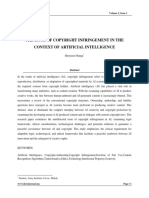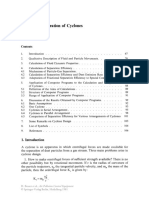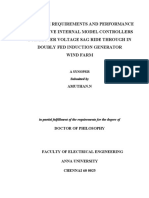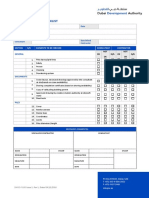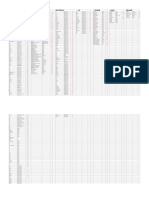0% found this document useful (0 votes)
33 views10 pagesGenerative AI Has An Intellectual Property Problem
Generative AI is increasingly used in creative industries, but its legal implications, particularly regarding intellectual property rights, remain uncertain. Ongoing litigation seeks to clarify issues such as copyright infringement and ownership of AI-generated works, with significant risks for businesses that fail to address these concerns. Companies must take proactive steps to protect their intellectual property and ensure compliance with licensing laws as they navigate this evolving landscape.
Uploaded by
zerunxCopyright
© © All Rights Reserved
We take content rights seriously. If you suspect this is your content, claim it here.
Available Formats
Download as PDF, TXT or read online on Scribd
0% found this document useful (0 votes)
33 views10 pagesGenerative AI Has An Intellectual Property Problem
Generative AI is increasingly used in creative industries, but its legal implications, particularly regarding intellectual property rights, remain uncertain. Ongoing litigation seeks to clarify issues such as copyright infringement and ownership of AI-generated works, with significant risks for businesses that fail to address these concerns. Companies must take proactive steps to protect their intellectual property and ensure compliance with licensing laws as they navigate this evolving landscape.
Uploaded by
zerunxCopyright
© © All Rights Reserved
We take content rights seriously. If you suspect this is your content, claim it here.
Available Formats
Download as PDF, TXT or read online on Scribd
/ 10






















































